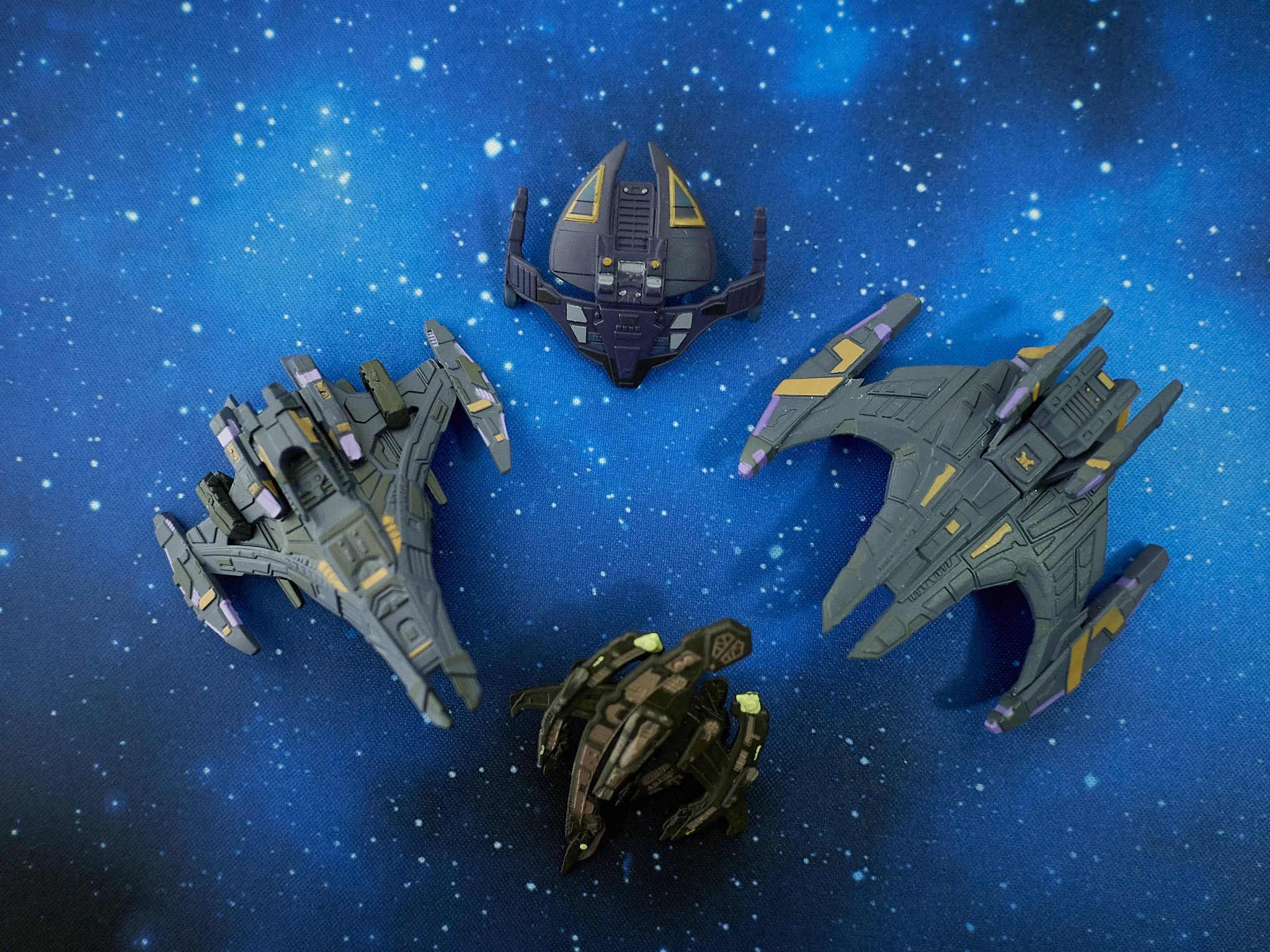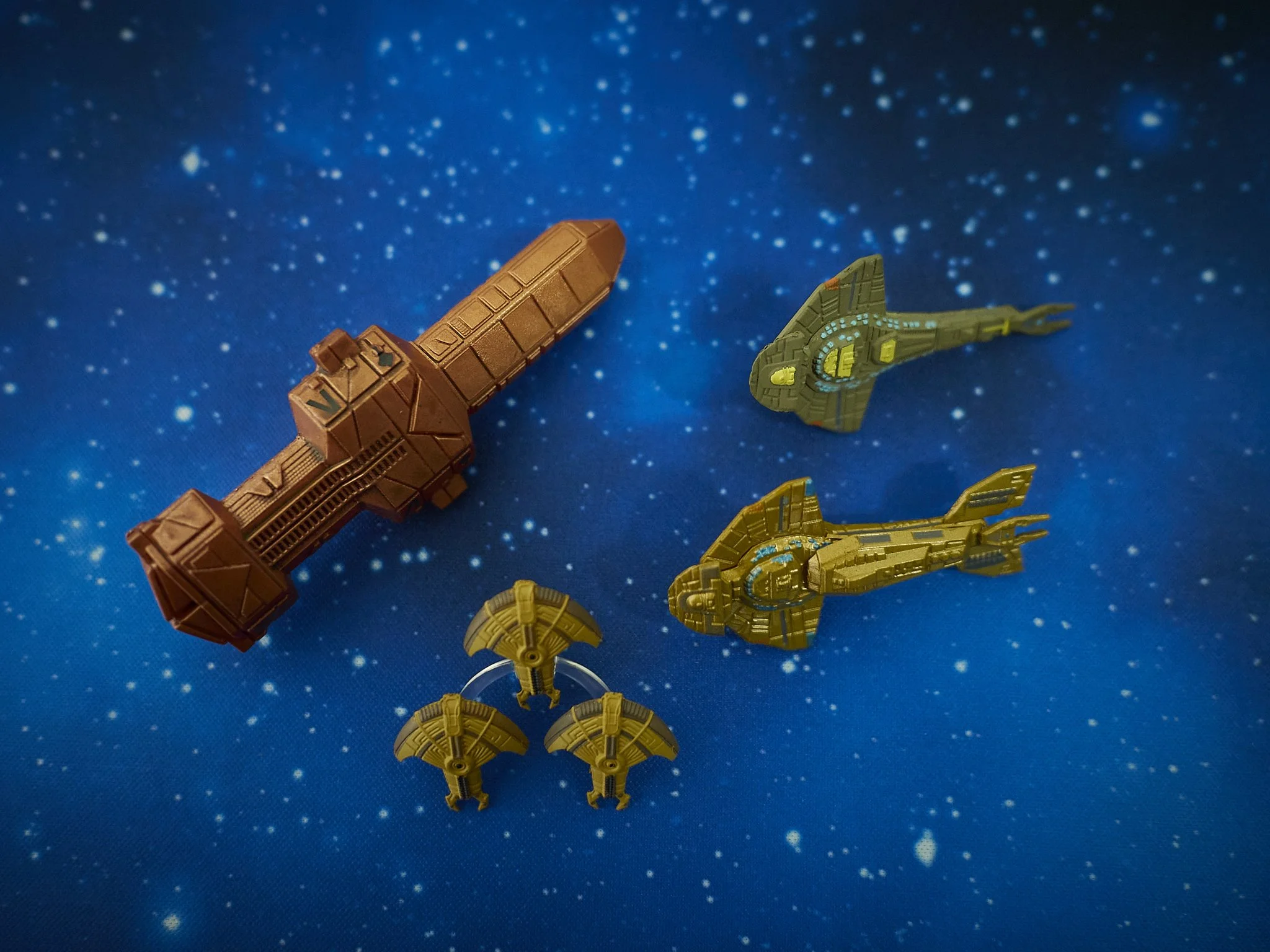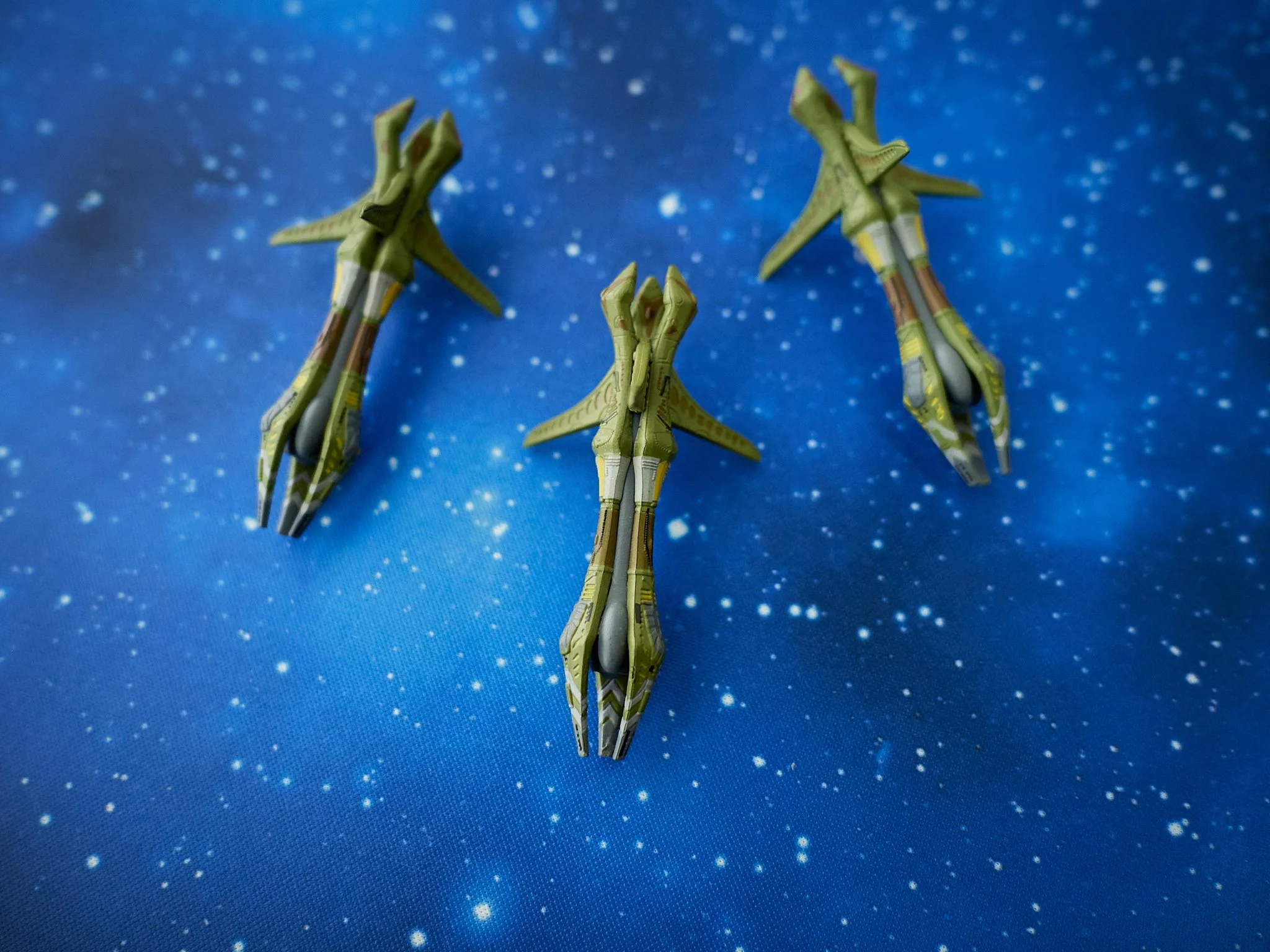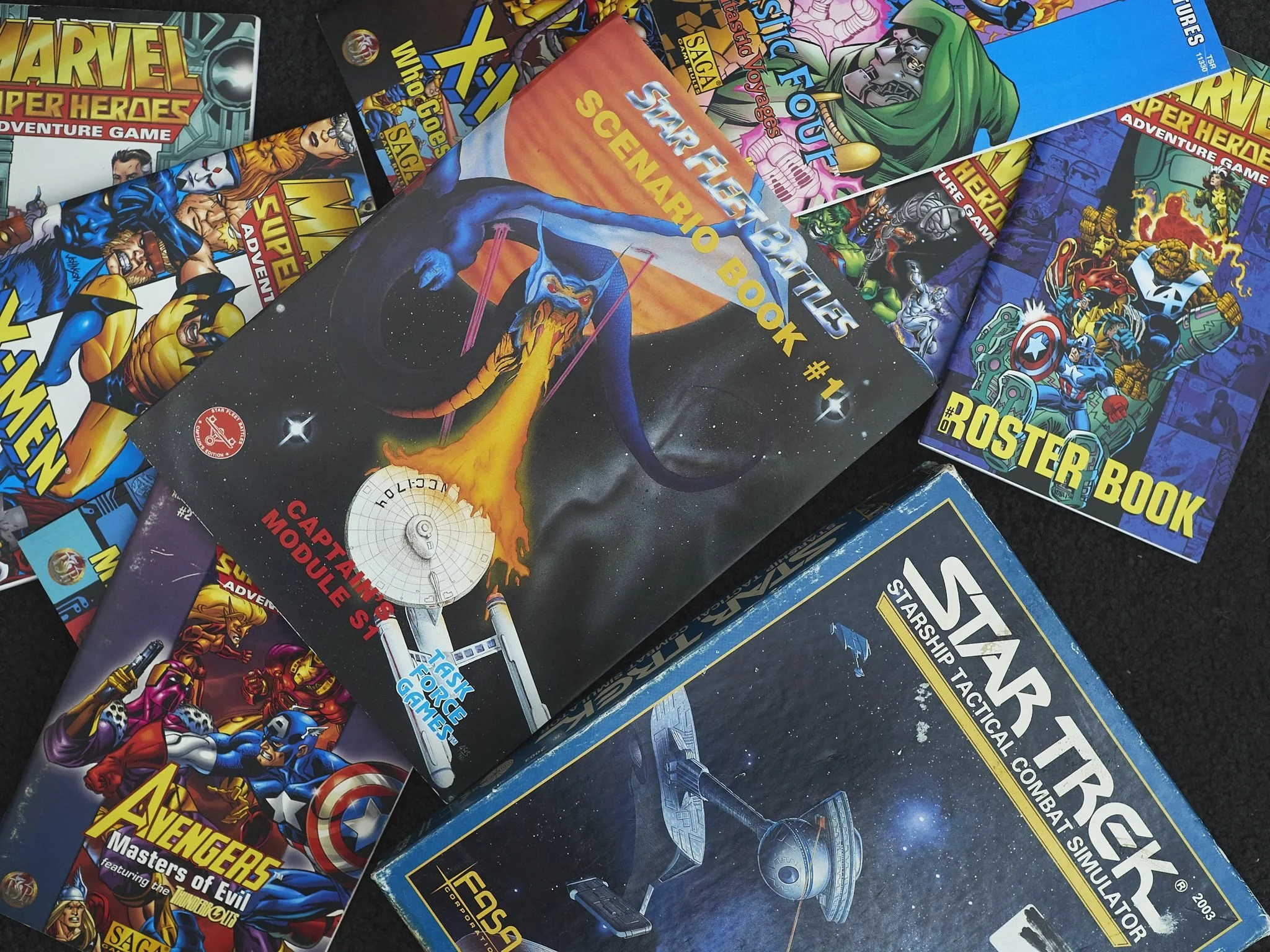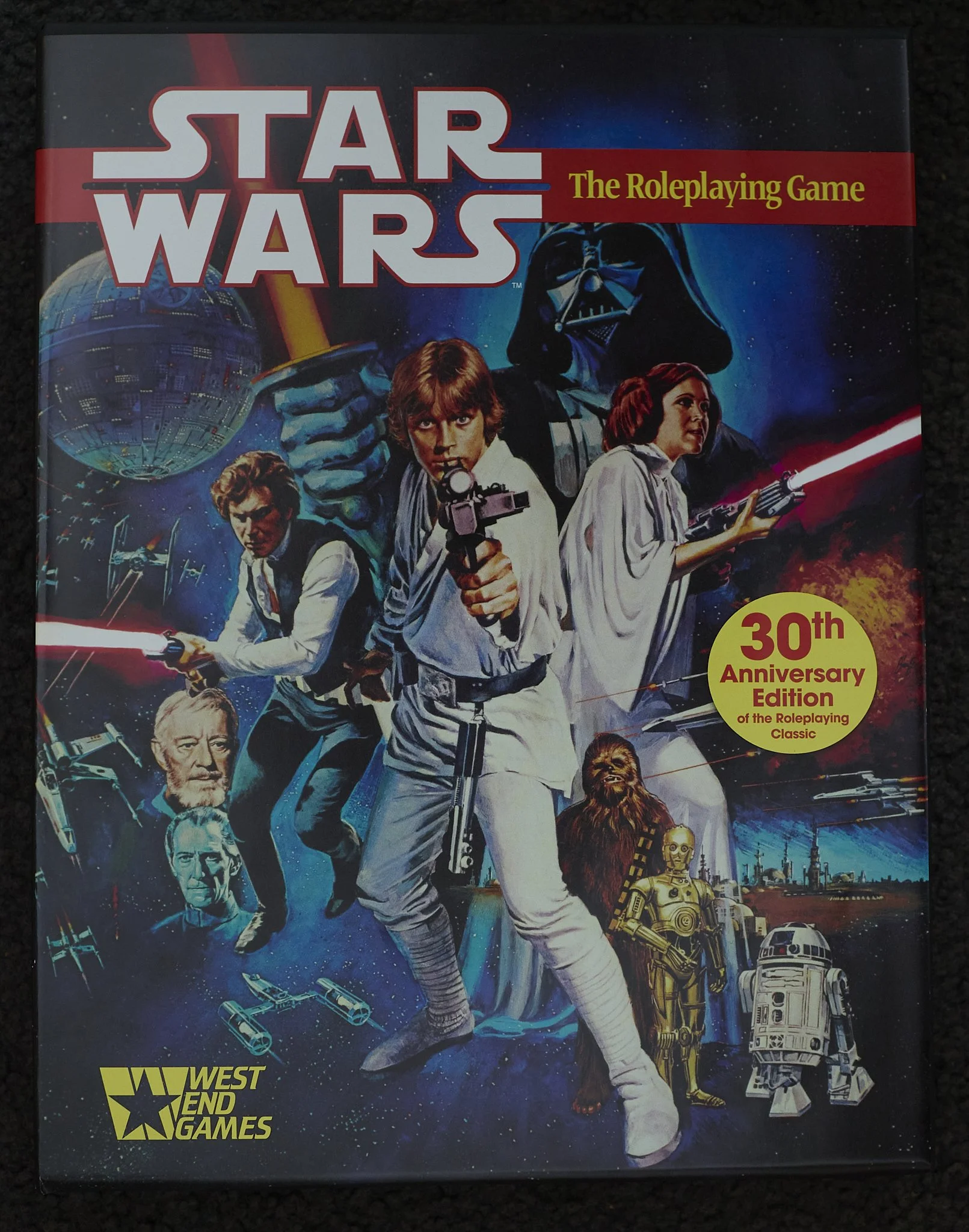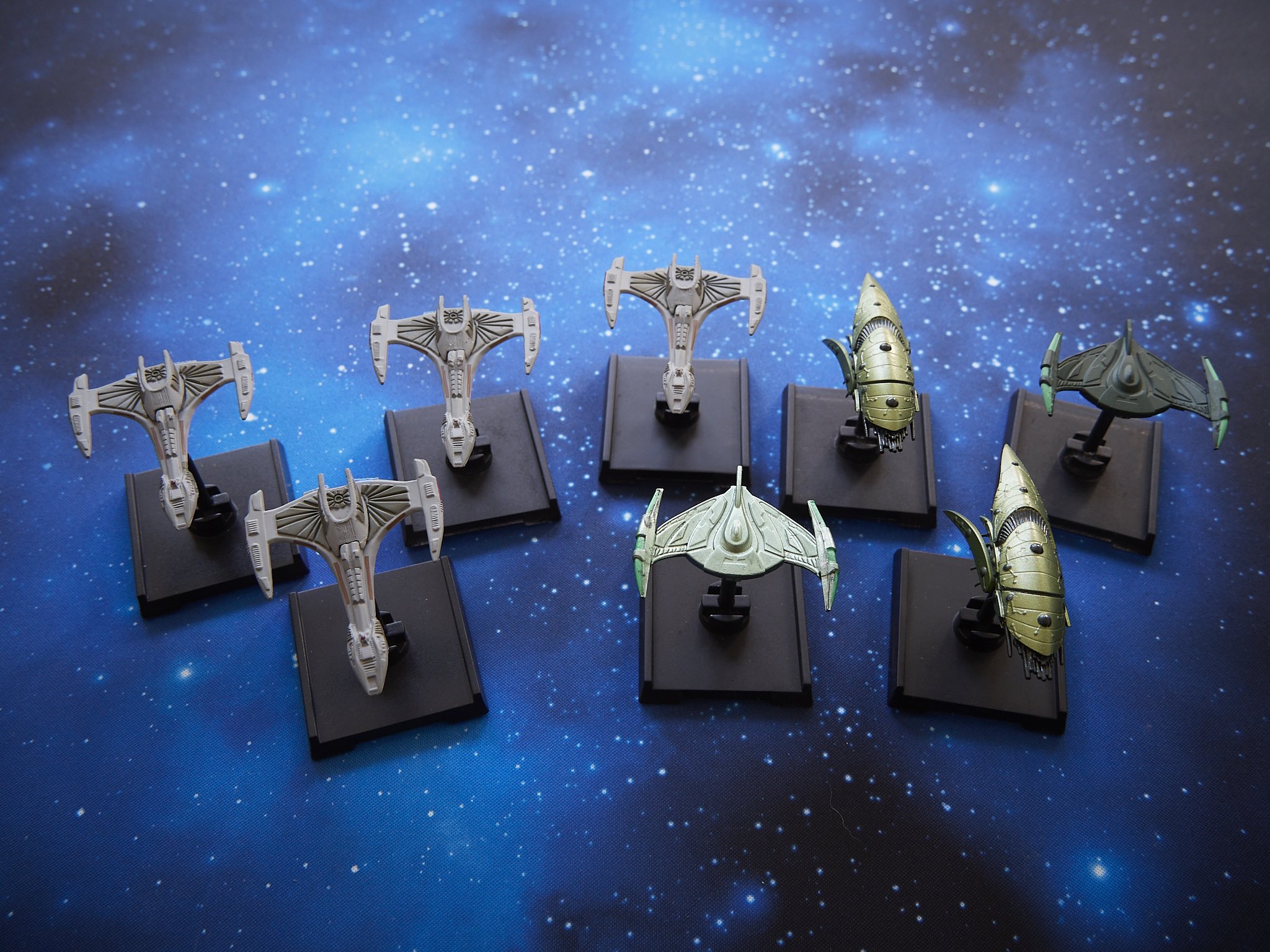First game of Unmatched last night with friends new to the game. We went 3-way free for all and even though it was not the most recommended form of the game, it went well.
Using Cobble and Fog, Kira played Dracula, Lee had Sherlock and I grabbed Jekyll/Hyde on the SoHo board.
We started off with me getting caught between both opponents, which bit them both big time as I discovered the power of Hyde when the cards run his way. Burning a couple of Jekyll cards, I dumped 9 damage on Dracula, then hit both with some shared damage and moved away.
Lesson learned, don’t mess with a cornered, card-laden Hyde.
Another lesson learned is some characters play easily, some are harder to master, or so I thought.
Much jockeying of position, a few stray shots from Watson and a little Holmes cleverness. Lee really played the Holmes well, and remember, his first game of Unmatched.
Kira, usually the most cunning player in our group got weakened quite badly, to the point where we basically ignored her, then she started playing cards that recovered health and her lost Wives (minions). Oops, before we could register, she was back in the game at close to full strength.
A revitalised Dracula late in the game was a real threat, but circumstances allowed Hyde to do his thing again on Drac, crushing him when we were all down to about 3-4 cards. A 1 v 1 game would have been over there, but this was 1 v 1 v 1.
Sherlock and Hyde faced off, but Sherlock got the better of the run and was relatively fresh. Brutal, aggressive Hyde was needed to win, but defensive Jekyll cards were all that were at hand as the ultimate schizo got spooked. Sherlock and an untouched Watson finished him off with basically nothing left in the bank.
Close game played well by two novices and a relative newbie. Kira was unlucky to be closest to a mean and slightly lucky Hyde twice and Sherlock/Watson was probably the ideal pairing to make the most of the situation. Still, a close game with 2 characters losing within 2 turns of each other, one after a come back and the game made it to end of the decks, which was a great result.
So, Unmatched, what is the takeaway?
The game is dead simple to learn and teach, deep enough to become obsessive and not overly luck based or just play casually. The games generally have a to-and-fro element, even the ones that up front look oddly unmatched (Squirrel Girl vs T-Rex) and really any character can win any duel, but over repeated plays or with players of different skill, some results are surely more likely. Nobody gets bored, because the play in interactive and limited to a hand of cards each.
Components.
Mixed here.
The boxes are brilliant as supplied. Everything fits including sleeved cards (Villainous-looking at you). If you choose to upgrade your minions to minis, then you have to use the dead space under the inserts, buy a divider solution, or just box them separately.
The cards are top notch, but sleeve them please. A single lost or bent card pretty much ruins a character and many are on limited release (and who wants to buy a game for 1 component), so sleeve, sleeve, sleeve. There are only 30 cards per character, so it won’t cost a packet. If something does happen, I plan to switch from transparent sleeves preserving the art, to solid backed ones allowing proxy or damaged cards to be used.
The main figs are grey and washed. They are nice enough in a world of many awesome minis. I am tempted to paint them to match the art on the minion discs and cards, but will probably settle with more themed colours, then re-washed or stylised contrast paint washes.
From the first Legends set (Tricky Merlin is upside down).
The minion enamel discs are actually pretty nice and for play make sense (when minion figs were introduced in one game with Elektra, a new player struggled to work out who was who). I started to get figs, but cut my losses at Dinos, Cobble and Fog and the first two Marvel sets as figs off Etsy with freight were threatening to out cost the game itself.
The boards annoy me. They are as designed and quite nice to look at, but two things still annoy. The big circles I feel are unnecessary (dots for locations and thin coloured lines for shared areas maybe?), which they themselves basically hint to, with my second annoyance which is repeating the same map with less obvious, but still obvious open circles.
One even has a useless map of where the game board is located in the world. Who gives a f&%k! More game please, less fluff.
In a time when maximising resources, especially effectively free resources is logical and simply good business sense, I fail to see how they cannot double side these maps with two different options?
The Buffy set from memory is the only one with two different sides on one board and the pending Tales to Amaze (they might be two boards, cannot remember, but anyway). Easily adding variety without compromising anything, why not? They could even link boards from different sets or make a tougher, weirder option.
It almost feels like the boards are a blind spot for the designers.
What do I think about the theme?
The really unmatched characters are to me a poor fit, because I am not a competitive gamer and really never asked myself “who would win out of X and Y” when X and Y make no sense. I am more of a simulation-ist gamer, but no problem. We will and have generally played within logical themes by choice, so I have broken them down into these (below).
My journey started with the two base sets, Cobble and Fog and the small 1v1 boxes. Buffy came next, I think becasue it was cheap from a supplier with another set. I then did the Dinosaurs (Three Raptors!), two Marvel sets that seemed to fit and characters I knew (Redemption Row and Hell’s Kitchen), then the new release Houdini v Genie.
Just recently (since Japan), I realised that the pre-ordered “Tales to Amaze”, a set I hope with reinvigorate the game for me as it allows team vs villain or even solo modes, is pending, so I grabbed the three remaining Marvel sets while they are around and bothered to find out who some of the characters are (a push by Marvel to promote their new series it seems).
I would love a Deadpool reprint, but not at $200 ebay rate, Bruce Lee I can skip.
Dark Streets (street level-gritty); Dare Devil, Elektra, Bullseye, Moon Knight, Cloak & Dagger, Luke Cage, Ghost Rider, Golden Bat* and Squirrel Girl.
and/or
Marvel Mayhem (more big name); Black Widow, Black Panther, Spiderman, She Hulk, Dr Strange, Winter Soldier and Ms Marvel.
Dino Disasters; Muldoon, Sattler and the rock band that is T-Rex and the Raptors. The dinos can easily fit into almost any other set like Raptors in the fog or down in the woods.
The Buffy set stays as is. This set is well balanced, but has a bad rep against other characters, only Buffy seen as competitive. Dracula, Bloody Mary, Raptors, Bigfoot etc are all a decent fit.
League of the Extraordinary (Victoriana/horror); Sherlock, Houdini, Tesla*, Annie Christmas*, Invisible Man, Bloody Mary, Dracula and Jekyll and Hyde.
Down to the Woods (British lit themed); Arthur, Robin, Beowulf, Red, Alice. Throw in some Dinos, Bigfoot, Squirrel Girl and maybe Monkey for fun.
Legendary face-off; Sinbad v Genie, Yennenga v Monkey, Achilles v Medusa then mix it up. This is Unmatched at it’s core.
Amazing Tales; Jill Trent*, Martian Invader* (villain of McMinnville).
Urban Legends; Jill Trent*, Mothman* (villain of Point Pleasant).
In both of theses Trent is a logical place holder, but many of the above can come in and the boards are pleasantly neutral time-line wise.
Oriental Heroes; The pending Suns Origin* set with Monkey.
*Still on pre-order.
Ok, so with the benefit of hind-sight, what would I do differently?
Maybe just get the Dinos and the non Marvel or Marvel only sets as these are honestly a good representation of the different character types. Probably Cobble and Fog, Dinos, Buffy and Tales to Amaze would have been fine also giving me three loosely themed groupings (Modern Horror, Dinos and Victoriana). The Marvel sets do feel oddly incomplete, but if I just don’t worry about it it all goes away.




